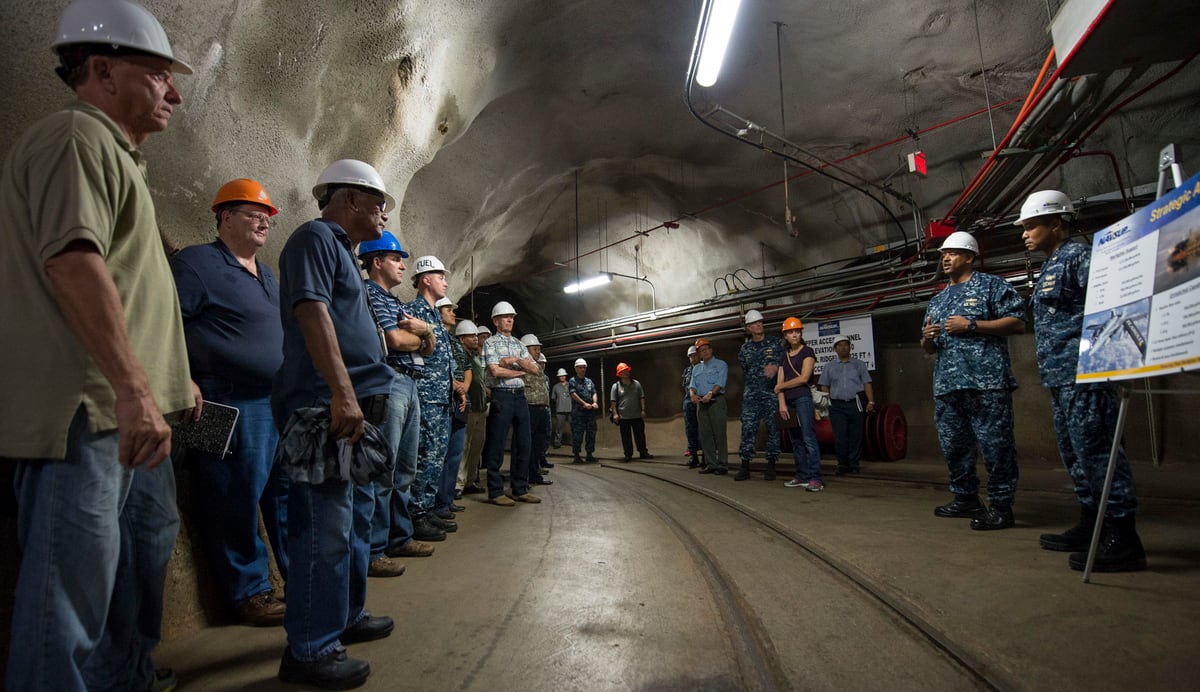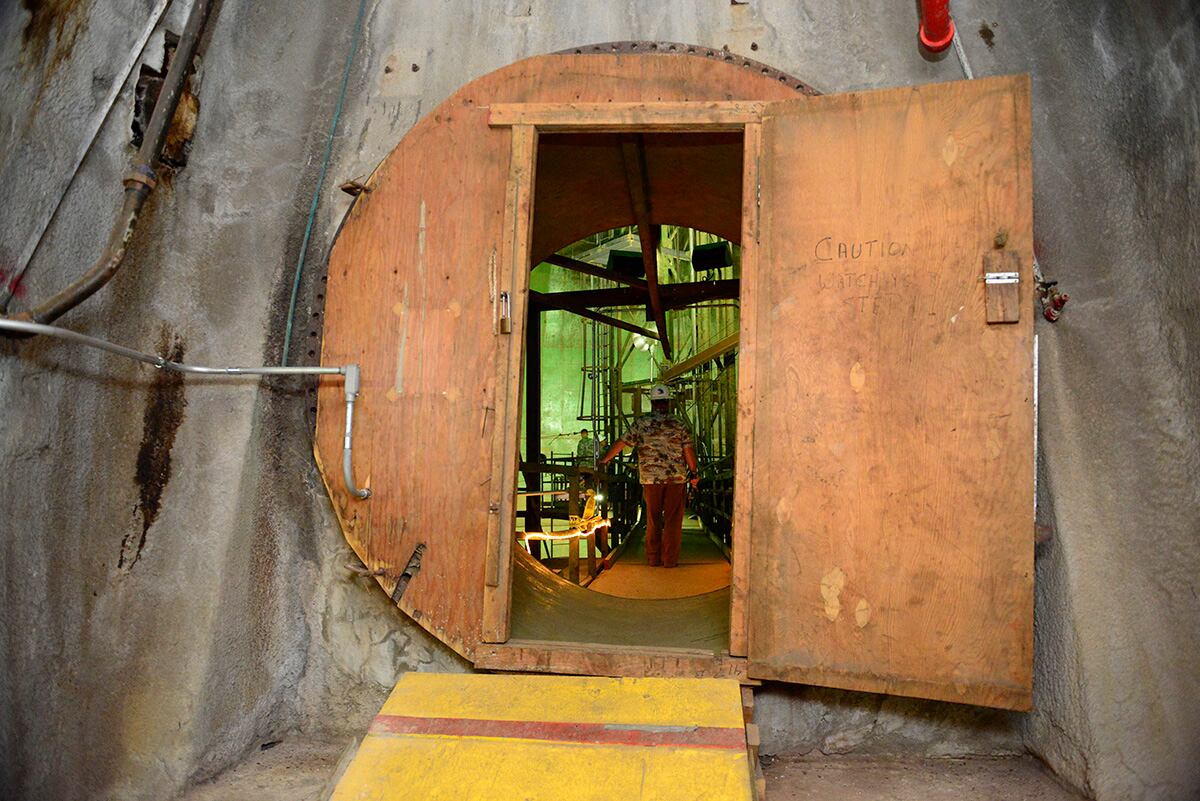HONOLULU — The U.S. Navy says a jet fuel spill at its Red Hill fuel farm on Oahu caused no environmental damage and didn’t pose a risk to the area’s drinking water, but a committee established by the Hawaii Legislature still has questions.
Navy Capt. Gordie Meyer, commander of Naval Facilities Engineering Command Hawaii, told the committee Thursday that the release of about 1,000 gallons of fuel at the facility near Pearl Harbor earlier this month had been “captured and fully contained,” the Honolulu Star-Advertiser reported.
The hearing was held before a committee comprised of state lawmakers, the congressional delegation, Honolulu Board of Water Supply, U.S. Environmental Protection Agency, military, state Department of Health and the public
“What we do know is that the containment system in the lower access tunnel worked exactly as intended to capture the fuel spilled from the pipeline,” Meyer said. “The Navy is working closely with the DOH to confirm our assessment that there is no environmental impact or impact to the groundwater.”
But members of the committee grew frustrated as Meyer declined to give details about what happened, citing an ongoing investigation.
State Sen. Mike Gabbard asked about reports that less than 1,000 gallons were recovered.
“The investigation is ongoing,” said Meyer. “We stand by and continue to identify that less than 1,000 gallons were released.”
RELATED

On May 7, the day after the spill, the Navy said, “approximately 1,000 gallons of fuel was released during a fuel transfer and properly collected by the fuel containment system.”
State health officials said the Navy told them about 700 gallons had been recovered.
State health officials said it took the Navy 13 hours to notify them despite there being a 24-hour emergency hotline.
“How was DOH notified and when?” asked Ernie Lau, manager and chief engineer of the Honolulu Board of Water Supply.
Meyer would only say that the Health Department was notified “very quickly.”
The Department of Health, along with the EPA, is in charge of regulating the facility, which contains 20 underground fuel tanks.
State officials said some fuel could have entered the soil.
“Based on soil vapor data provided by the Navy thus far, our preliminary review indicates that some fuel entered the subsurface and there are elevated soil vapor measurements as compared to measurements prior to May 5,” said Joanna Seto, the Health Department’s environmental health program administrator.
The Navy wouldn’t say what might have caused the leak, how long the investigation would take or if the results of the investigation would be made public.
In 2014, the Navy faced scrutiny and calls to relocate the facility after 27,000 gallons of fuel leaked from a tank, raising concerns that the fuel could impact drinking water.
David Kimo Frankel, an attorney for the Hawaii Sierra Club, an environmental group that has called for the tanks to be relocated, became frustrated with the lack of answers.
“Are you going to let the Navy repeat the mantra that it is being transparent and then refuse to answer every single pertinent question?” Frankel asked the committee’s moderator.




